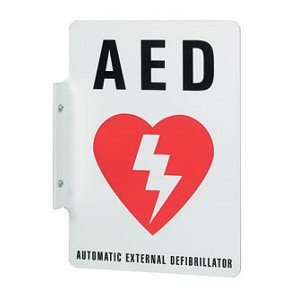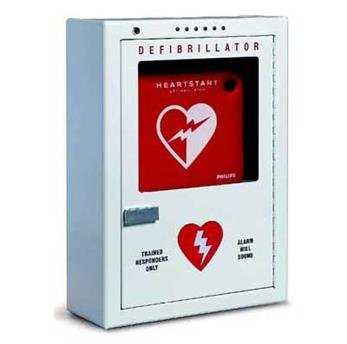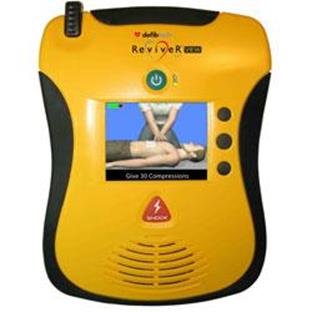Emergency Communications
In addition to Massasoit Community College Emergency Notices on the website, the college has created means to contact Massasoit Students, Faculty and Staff in emergency situations.
Emergency Notification
Massasoit has the capability to broadcast messages via multiple communications methods to alert all members of the college community in the event of an emergency. This system can broadcast messages to multiple mobile phones and landlines via text message, email, through RSS feed, Facebook, and Twitter. Please review your contact information for accuracy.
Information has been pre-loaded into the database based on employee and student profiles. If you have not already done so, please review your preferred contact information by clicking on the following link: www.getrave.com/login/massasoit
You should enter your preferred phone number(s), email address(es), and other optional notification information such as your mobile and text messaging information.
NOTE: None of the information that you supply will be used for data collection within the College or shared with anyone outside the College.
Alerts for Students and Employees
Alerts for Students
In the event of an emergency or impending threat, the College Police will send critical voice and text messages to our students through classroom and office telephones, email addresses, and college television screens.
To ensure that Massasoit has accurate and up to date contact information, ALL students should update their information.
Following an emergency, which would displace students from campus, the college will provide updated information on the emergency through the web page, text messages, and email addresses.
Alerts for Employees
In the event of an emergency or impending threat, the College Police will send critical voice and text messages to our faculty and staff through classroom and office telephones, e-mail addresses, and college television screens.
To ensure that Massasoit has accurate and up to date contact information, ALL employees should update their information.
Following an emergency, which would displace students from campus, the college will provide updated information on the emergency through the web page, text messages, and email addresses.
Emergency Procedures
General Information
Buildings & Grounds
Police Emergencies
Medical Emergencies
Emergency Call Box Locations




Public Access Defibrillator (PAD) Program
General Information
Sudden cardiac arrest (SCA) can occur at all ages. The only treatment of SCA is defibrillation such as that provided by an automated external defibrillator (AED). In the United States more than 350,000 people die each year from SCA before reaching a hospital. In many cases SCA can be reversed with early defibrillation. Defibrillation involves shocking the heart with an electric current that allows the heart to reestablish its normal rhythm. To be most effective, defibrillation must occur as soon as possible after the onset of SCA. The chance of survival from sudden cardiac arrest decreases by 7-10 percent per minute until defibrillation. AEDs have been shown to be easy to use (by nonmedical personnel), are safe, and are effective in saving lives.
Massasoit Community College with the support of its Police Department has implemented a Public Access Defibrillator (PAD) program following the American Heart Association guidelines. These guidelines call for automated external defibrillators (AEDs) to be installed throughout campus to ensure greater public availability. The earlier someone in cardiac arrest receives treatment (i.e., CPR and/or AED shock), the greater his/her chance of survival. The PAD guidelines recommend that an AED be readily accessible for use within three minutes from anywhere on campus.
AED Operation and Training
Unlike manual defibrillators used in hospitals and by paramedics, the AEDs that are installed throughout the campus are extremely easy to operate. The devices use clear graphical and spoken instructions. The AEDs analyze the victim’s condition and, only if warranted, deliver an electric shock to the heart to reverse SCA. The devices are extremely safe with no risk of inappropriate shock given to individuals who are not in SCA or to the person operating the AED.
You do not need to be certified to use an AED: if you choose to assist someone you believe is in need of an AED, you will be covered under the Good Samaritan law. However, CPR certification can be very important to know when using an AED. If the AED delivers an electric shock, the device will then prompt you to administer CPR. Additionally, emergency medical personnel may not be able to arrive before the device prompts you to administer CPR.
College Police Department
Currently the Massasoit Community College Police Department has one AED in each marked patrol car, as well as in each Police Department. Dial 911, activate emergency classroom phone, or activate an emergency call box to report any and all medical emergencies.
AED Cabinet Security
To allow AED accessibility to anyone, the devices must be left loose in unlocked cabinets. Each cabinet is equipped with a high-pitched local alarm that sounds when the cabinet door is opened and is silenced upon securely closing the door.
It is essential that someone also notifies the College Police by calling 911, activating an emergency classroom phone, or activates an emergency call box to report the exact location of the emergency so police officers and first responders can be promptly directed to the scene.

Look for this sign in the building to locate an AED unit.

The AED will be located in a cabinet like the example shown above. When you open the cabinet to retrieve the AED a high pitched audible alarm will sound.
